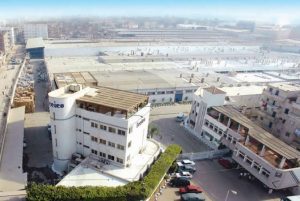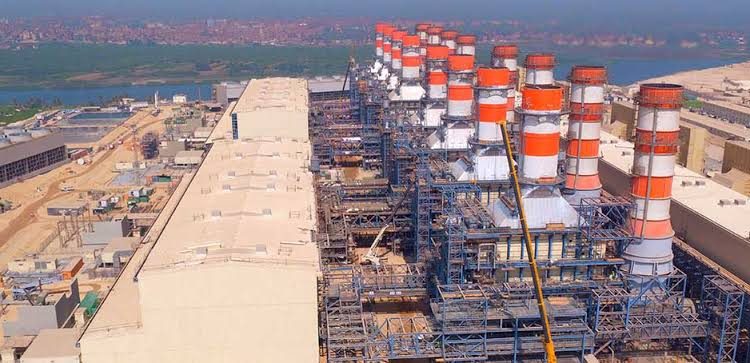Wael Salem
Between July 2014 to August 2023, seventeen industrial complexes in 15 governorates, comprising 5,046 industrial units have been established in a drive to boost Egyptian industry, localise production and take advantage of the huge desert areas.

Industrial complexes
Robbiki Leather City, which covers 506 acres, is one example of an industrial complex. The Ministry of Planning and Economic Development recently announced that nine similar complexes are on the drawing board, plus two high-tech units in the 2023-2024 plan.
In the period 2016 to 2020, some 14 square miles of land was allocated to these complexes with their roads, services, green spaces, and parking lots. From 2016 to May 2023, factory space swelled by another 14.8 square miles to accommodate 3,905 units.
Up to 85,752 operating licences were granted from 2017 to May 2023, and 7,433 building permits were issued from 2015 to May 2023, and 57,122 new firms were registered. Ten industrial areas are now connected with utilities and services, and another 26 industrial areas are about to be hooked up likewise.
The New Urban Communities Authority (NUCA) has earmarked another 4.7 square miles for industrial use in New Cairo, New Fayyoum, New Alamein and New Aswan.
Administrative Capital Urban Development (ACUD) chairman Khaled Abbas said that his company is designing a 2,000-acre industrial zone in the New Administrative Capital (NAC), which will be completed by the end of this year.
Making life easier
The Ministry of Industry and Trade has made it easier to obtain licences and has devised a national programme to deepen localisation of industries to sharpen Egypt’s competitive edge and replace imports with locally made products, thereby creating an industrial base of local suppliers.
The ministry has given small investors access to units in specialised industrial complexes and launched a national scheme to convert vehicles to run on clean energy.
A memorandum of understanding was signed by the ministry with a Russian company to update grain, dairy, and bakery industries and their storage facilities.

‘Made in Egypt’
President Abdel Fattah El Sisi has issued directives to concentrate on localising industry, encouraging startups and empowering the private sector, and ease the way to profitability with incentives for investment.
According to data from the Ministry of Trade and Industry, industry ranks first in terms of contribution to gross domestic product (GDP) at 17 per cent, in addition to job creation nationwide.

Exports, exports, exports
The overall aim of industrialisation is boosting exports, which in 2022-2023 were worth $32.4 billion.
The National Industrial Development Strategy for 2022-2027 was launched earlier this year to bring industrial growth rate to 8 per cent, increase industry’s share of GDP to 20 per cent with annual industrial export growth of 21 per cent, in addition accelerating the shift towards green industries and a circular economy and bring exports up to $100 billion.
Getting land
Seven industrial developers have submitted requests to the New Urban Communities Authority to acquire 5 square miles of land for industrial use, according to Ministry of Housing data. Developers upgrade and provide infrastructure and utilities such as roads, water, sewage, electricity, gas, and telephone lines, logistical and security services and maintenance work, and marketing strategies to promote industrial areas locally and internationally.
To date, only 3 square miles per year can be granted to for industry with infrastructure per year.
Green industry
Last April, the Industrial Development Authority (IDA) announced plans for the first green industrial zone in co-operation with the United Nations Industrial Development Organization (UNIDO), relying on clean energy and recycling all waste from manufacturing consistent with the principles of sustainability and environment protection in line with Egypt Vision 2030 and net zero emissions.
The Intergovernmental Panel on Climate Change (IPCC) estimates that carbon dioxide emissions from industry and electricity will reach 14 gigatons by the end of 2023.






Discussion about this post